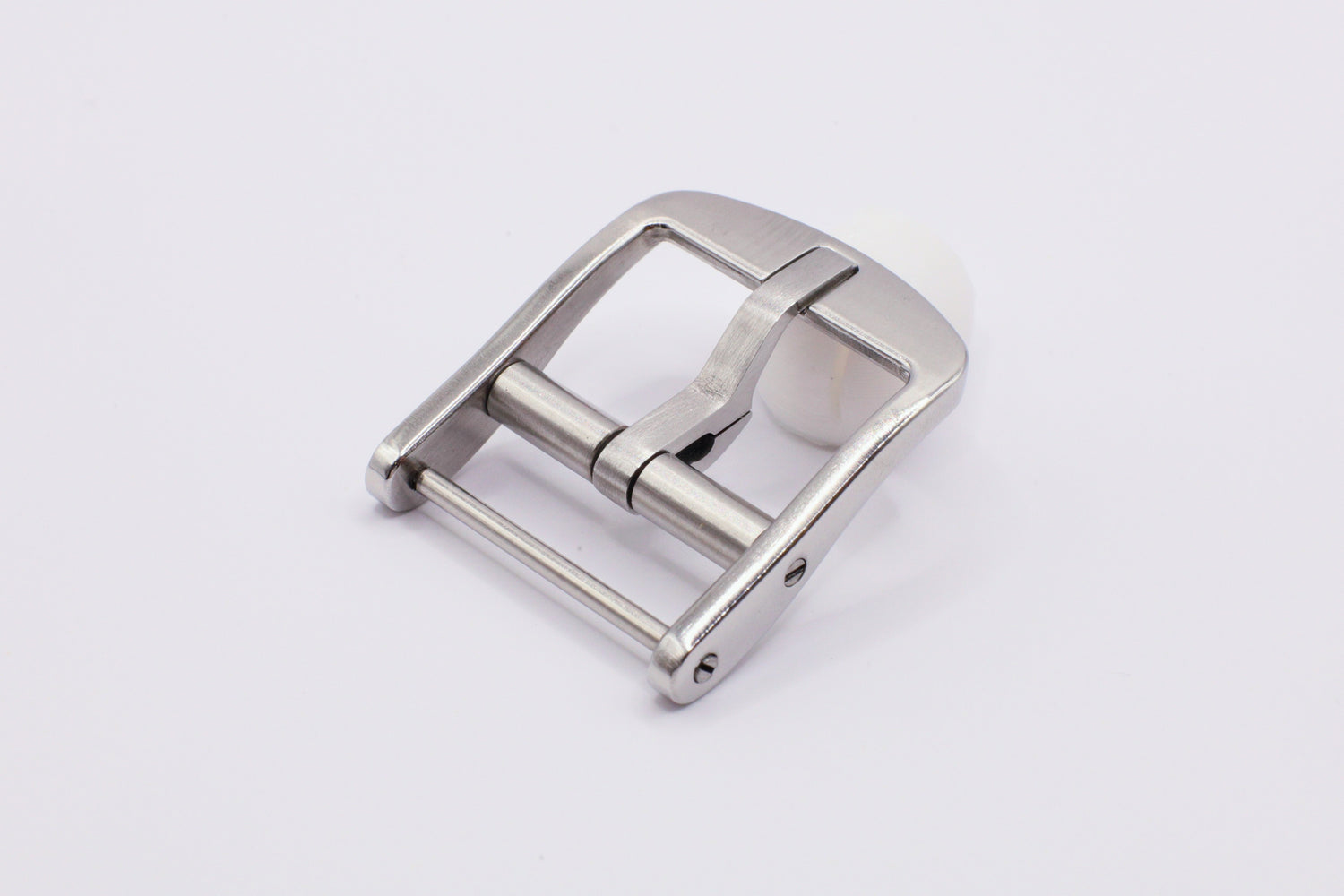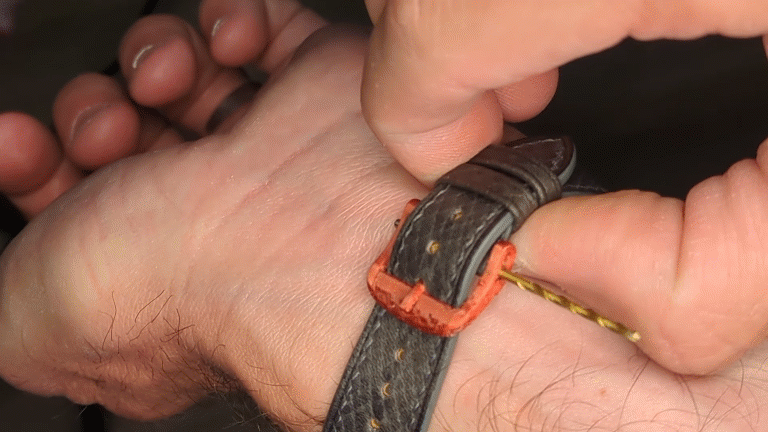The Fitwell Story
It started poolside in 2022. A warm afternoon, a cool swim, and a familiar frustration - the watch strap never fit quite right.
As any watch wearer knows, your wrist size changes throughout the day. From air-conditioned rooms to outdoor heat, even small temperature shifts can make a strap feel too tight or too loose. The standard holes on most straps never line up perfectly, and the only solution was crude: cut a new hole with a razor blade or a leather punch.
There had to be a better way.

From Frustration to Function
We loved watches that fit as precisely as they were built. Metal bracelets had micro-adjust. Rubber, leather, and textile straps did not. So we set out to change that.
Our first prototype was simple - a buckle that could “snap” between half-hole positions. It wasn’t pretty, but it worked. After dozens of versions, failures, and refinements, we realized that perfect fit demanded more than just an adjustable tang; it required a new kind of mechanism entirely.

Engineering the Perfect Fit
Over two years, we redesigned every element of the buckle - from the spring bar and tang geometry to the snap action itself. Each phase brought us closer to a micro-adjust system that was compact, reliable, and effortless to use.
We tested every material, from early aluminum prototypes to precision-milled 316L stainless steel. We broke straps, snapped bars, and filed patents (US 63/437,818 and US 63/619,310) along the way.

The Result: Fitwell M1
The result is the Fitwell Micro-Adjust Buckle; a patented system that lets you fine-tune your strap in seconds, on the wrist, with a simple click. No tools, no extra parts, just a perfect fit every time.
It’s the comfort of a steel bracelet - now available for rubber, leather, and textile straps.
Designed for the details that matter. Engineered to make every watch feel as good as it looks.
Stay Ahead of the Drops
Get first access to restocks, new releases, and limited batches before they hit the site.
